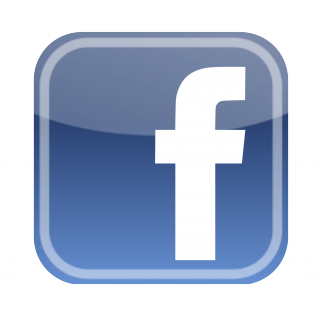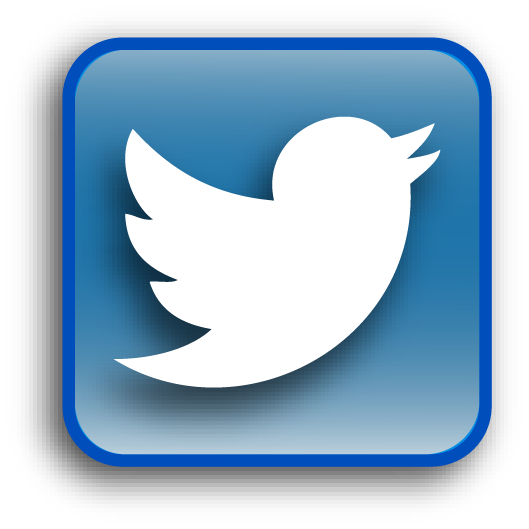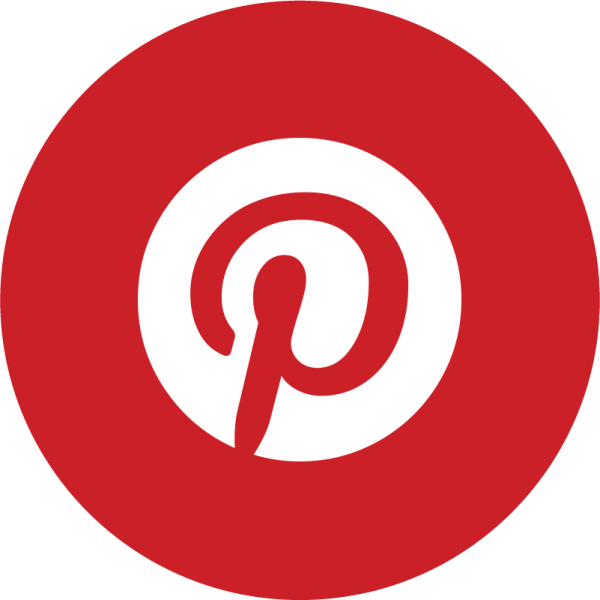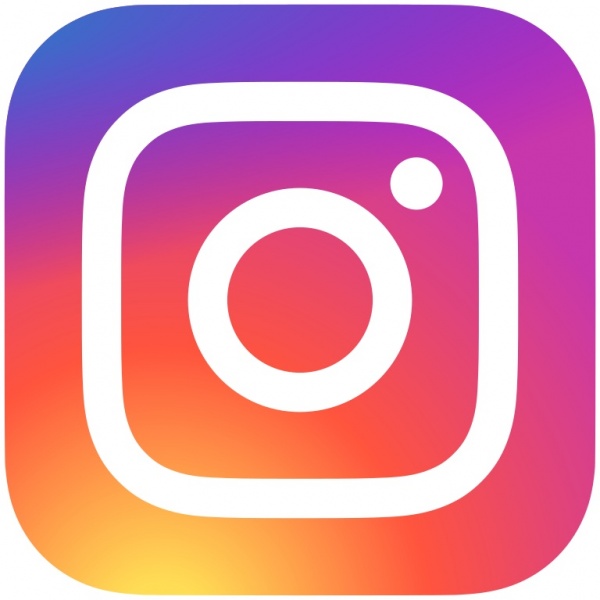Bibliography of Books about Tasseomancy
From Mystic Tea Room
As far as we know, written documentation of the tradition of reading tea cups began in the late 19th century with an American named John W. Hanley, an inventor who created games for telling fortunes at parties, most of which were based in astrology. In 1899 he released the Fortuna Fortune Telling Tea Cup, which combined astrology with tea reading. This came with a book that revealed how to toss a cup, and listed about 50 signs found in the leaves. Soon after, a number of marked astrology cups and saucers were released, the 1904 Nelros Cup of Fortune, designed by Neville Ross, being the best-known. It too came with an instruction booklet.
The first book on tassomancy that did not accompany a tea set was “Tea Cup Reading: How to Tell Fortunes by Tea Leaves” by “A Highland Seer,” published circa 1917-1918. The pseudonymous author was literate and well-versed in the history of the spae-wives of Scotland, the prophetesses who read the tea leaves, Cicely Kent’s 1922 opus, “Telling Fortunes by Tea Leaves: How to Read Your Fate in a Tea Cup,” was, and remains, the most exhaustive book on cup reading symbolism. Every author since Kent has consulted her large dictionary of symbols, and we are no exception.
In 1924 The Cup of Knowledge by William Nicholson and Samuel MacNarama (“Willis Mac Nichol”) was a huge hit. The first cartomancy cup. it came with a fanciful book of history and full instructions for use, Around 1925 the publisher W. Foulsham brought out an odd little double-book — 48 pages on tasseomancy and 48 pages on card reading bound together as “Tea-Cup and Card Fortune Telling” by “Mercury.” About a year later, this book was split into two, and the first half, retitled “Tea-Cup Fortune Telling: The Signs Illustrated and Simply Explained” was released with a new author’s name, Minetta. Whether “Mercury” or “Minetta,” the author basically plagiarized the work of “A Highland Seer.”
If collecting books is your passion, you may enjoy our Bibliography of Books about Tasseomancy. It will never be complete -- and we look forward to suggestions and contributions of information from our readers.
Reading Tea Leaves
- by A Highland Seer
- From time immemorial, humankind has tried to uncover the meaning of divining the future. While druids followed the stars and Greeks sought counsel from the Oracle at Delphi, the "spae-wives" of the Scottish highlands found the answers to life in the tea-leaf patterns in their cups. Lines of dust meant journeys, swans foretold of love, and snakes warned of disaster. These and other symbols were passed down from generation to generation. This work reproduces the writings of an anonymous Scottish seer who recorded the secrets of the ancient art of reading tea leaves, including an alphabetical list of the various signs and their meanings. It features illustrations of sample cups, and their interpretations show how to weave and balance the symbols together, transforming a cup of tea into the voice of the Fates. The book combines that manuscript with modern writings on the history and philosophy of foretelling the future.
- 96 pages, hardcover.
Tea Cup Reading
- by Sasha Fenton, paperback
- Originally published in 2000; this is a 2002 edition. This wonderful "Quick and Easy Guide to Tasseography" is the best modern book on the subject of telling fortunes by tea leaf reading according to traditional Scottish, English, and Irish methods. It also teaches how to read coffee grounds in the Eastern European style. Profusely illustrated with images of tea-leaf and coffee ground symbols, it gives the time-honoured meanings for the images, along with historical overviews of tea and coffee, including their social impact and some of their medical uses. If you need just one book on tasseography, to get you started reading tea leaves for friends and clients, this is the one. It is fun, upbeat, informative, and completely accurate with respect to the "old ways" of fortune telling in a teacup.
- 142 pages, trade paperback.
Tea Cup Tales: The Art of Reading Tea Leaves
- by Margaret L. McWhorter
- 112 pages, paperback.
Tea Leaf Reading Booklet, Aynsley Cup of Knowledge, c1935
- Can be used with any Aynsley, Alfred Meakin, J & G Meakin, Booth's, Grosvenor Jackson & Gosling, or Fairylite Cup of Knowledge.
- B&W Facsimile of Original 6 pg. tri-fold with the line drawing of a dragon on the front.
Lipton's Tea Cup of Knowledge, Alfred Meakin, 1938
- Colour Facsimile of Original 16 pg. Booklet
Tea Leaf Reading Booklet, Cup of Fortune, Red Rose Tea, c1965
- Colour Facsimile of Original 10 pg. Booklet
Tea Leaf Reading Booklet, Taltos Cup of Fortune, 1975
- Colour Facsimile of Original 24 pg. John Anton Taltos Booklet.
Tea Leaf Reading Booklet, Taltos Cup of Fortune, 1980
- Colour Facsimile of Original 24 pg. Royal Kendall Booklet.
Tea Leaf Reading Booklet, Lillian Vernon Fortune Teller Cup, 1985
- B&W Facsimile of Original folded sheet for Lillian Vernon 's ICG Cup of Fortune.
https://www.atlasobscura.com/articles/tea-room-police-raids-new-york-psychics-fortune-telling




